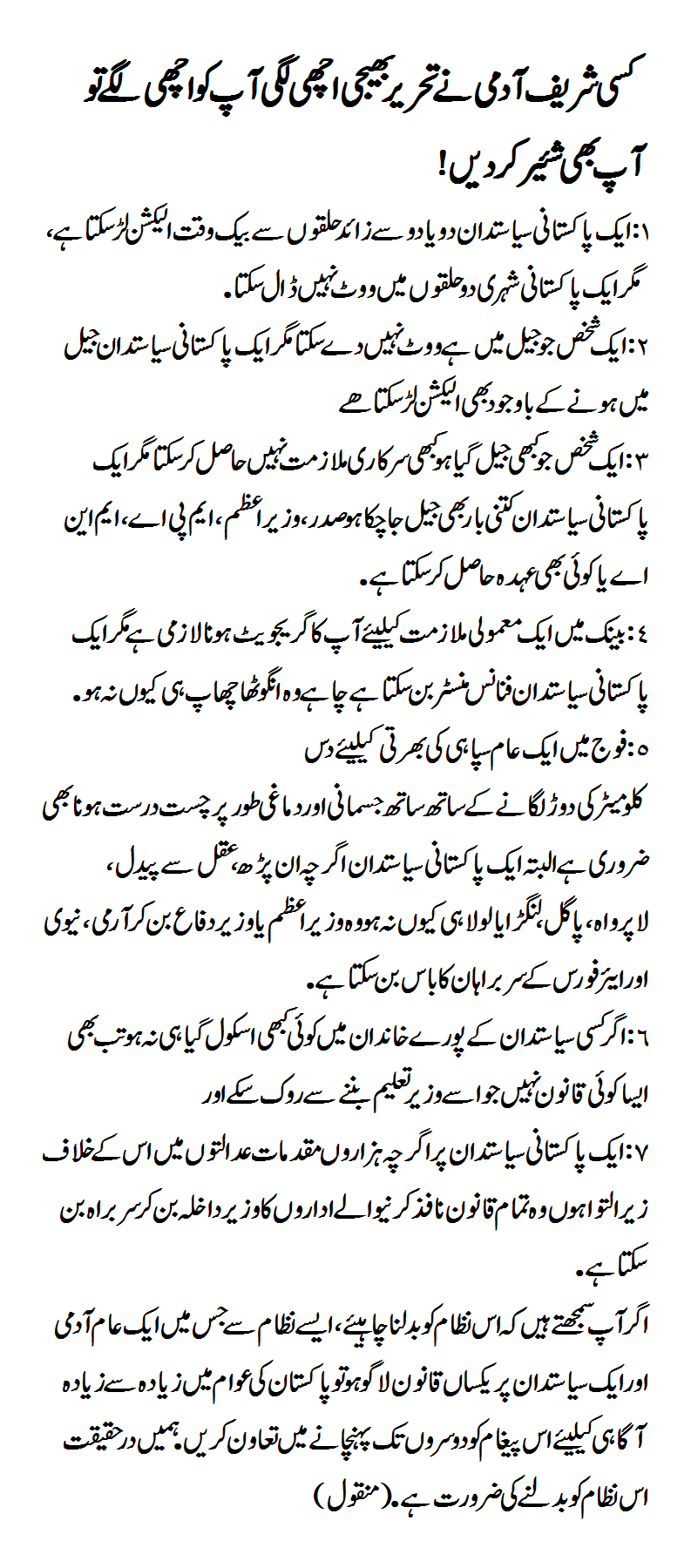The head of a large division of a multinational corporation was running a meeting devoted to performance assessment. Each senior manager stood up, reviewed the individuals in his group, and evaluated them for promotion. Although there were women in every group, not one of them made the cut. One after another, each manager declared, in effect, that every woman in his group didn’t have the self-confidence needed to be promoted. The division head began to doubt his ears. How could it be that all the talented women in the division suffered from a lack of self-confidence?
In all likelihood, they didn’t. Consider the many women who have left large corporations to start their own businesses, obviously exhibiting enough confidence to succeed on their own. Judgments about confidence can be inferred only from the way people present themselves, and much of that presentation is in the form of talk.
The CEO of a major corporation told me that he often has to make decisions in five minutes about matters on which others may have worked five months. He said he uses this rule: If the person making the proposal seems confident, the CEO approves it. If not, he says no. This might seem like a reasonable approach. But my field of research, socio-linguistics, suggests otherwise. The CEO obviously thinks he knows what a confident person sounds like. But his judgment, which may be dead right for some people, may be dead wrong for others.
Communication isn’t as simple as saying what you mean. How you say what you mean is crucial, and differs from one person to the next, because using language is learned social behavior: How we talk and listen are deeply influenced by cultural experience. Although we might think that our ways of saying what we mean are natural, we can run into trouble if we interpret and evaluate others as if they necessarily felt the same way we’d feel if we spoke the way they did.
